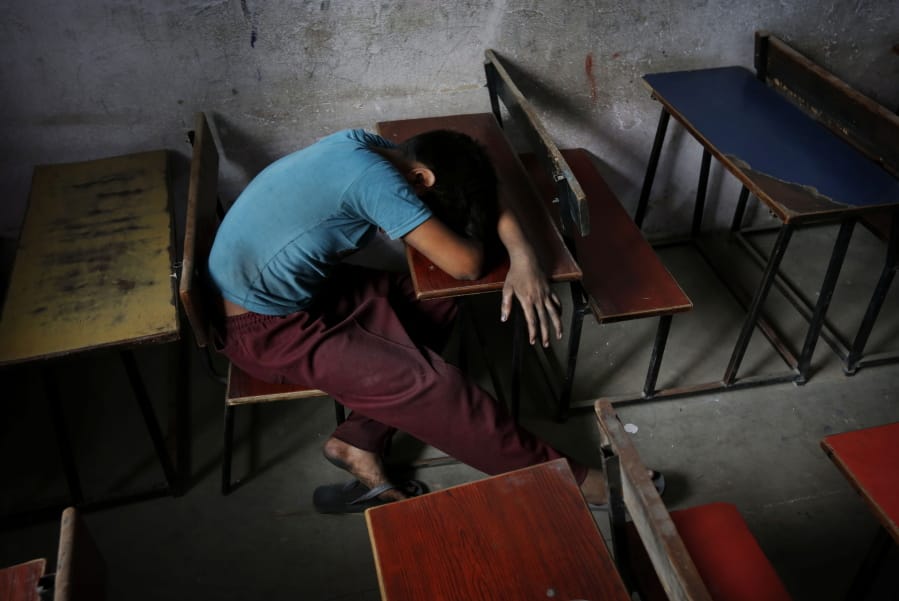
Child labor among agricultural households in cocoa-growing areas of Ivory Coast and Ghana, the two primary suppliers, increased from 31 percent to 45 percent between 2008 and 2019, according to. The child education act comes under the Article 21(a) of the Indian Constitution. The work on child labor by the Indian government, India become one of 135 countries to make education as a fundamental right of every child when the act came into force on 1 st April 2010. Causes of child labor. A complete and up-to-date overview of recent global trends in child labour can be found in the ILO’s report Marking Progress Against Child Labour (2013) 4 produced by the organization’s International Programme on the Elimination of Child Labour (IPEC). This report presents global estimates and trends for the period 2000-2012.
Bangladesh is a small country in South Asia with a rapidly growing export-based economy including textiles, electronics, leather and jute. It is the eighth-most populous country in the world with approximately 168 million people and is the 39th richest country with an estimated GDP of $274 billion in 2018. Child laborers, however, highly support its flourishing economy. The following eight facts about child labor in Bangladesh further examine this human rights violation, and how the country is addressing the issue today.
8 Facts About Child Labor in Bangladesh
- Currently, 4.3 percent of children (between the ages of 5 and 14) in Bangladesh engage in exploitative work to support their families. Statistics determine that not all Bangladeshi children attend school. Lack of education is frequently a barrier to higher-paying jobs. Thus, intergenerational poverty is even more likely, perpetuating this cycle of exploitative labor. This phenomenon is not unique to Bangladesh; international coalitions dedicated to reducing child labor have pushed poverty reduction initiatives on local governments wherein this is common practice. These strategies include the creation and enforcement of minimum wage laws, mandatory schooling laws and stricter regulations on child labor itself.
- Eighty-three percent of child laborers work in rural areas. Since resources and jobs are more readily available in the city, children may seek employment in urban areas for low wages.
- Children are especially vulnerable to exploitation and therefore receive minimal compensation for their work. Research by the Overseas Development Institute (ODI) revealed that child laborers worked an average of 64 hours a week. Furthermore, these children earn less than $2 per day.
- There are regulations on child labor in Bangladesh. The Bangladesh Bureau of Statistics informs the existing legislature which defines child laborers as those working between the ages of 5 and 14. In 2006, the Bangladeshi government outlawed work by children under the age of 14. Despite this, the number of child laborers has continued to rise in the past decade, given that most children work at small local businesses, factories or homes. The National Child Labor Survey reported that there were 1.3 million child laborers in Bangladesh. The International Labor Organization (ILO) estimates that approximately 5 million children are full-time workers.
- The Bangladeshi government established its Child Labor National Action plan in 2012, designed to eradicate child labor by 2016. Bangladesh has since extended the plan to 2021, as part of the 2010 National Child Labor Elimination Policy. This policy outlines the government initiatives to eliminate child labor by strengthening the education system, raising awareness, funding research and prioritizing public health and nutrition. The policy also outlines plans to remove children from dangerous workplaces. Lack of governmental oversight of hazardous working environments also poses a great risk to child laborers oftentimes exposed to toxic chemicals and relied upon to operate heavy machinery. While establishing legal precedents for safe work environments is important, implementing punitive legislature holding factory owners accountable is also a promising solution to reducing child labor in Bangladesh.
- Since 2002, the Bangladeshi government has offered stipends to children in primary school. The subsidizing of school costs alleviates the financial burden of education on poor families, providing additional incentive for their children to stay in school rather than work. As of 2013, 7.8 million children receive stipends worth about $1. The government has also implemented the Female Secondary Stipend Program, partially funded by the World Bank to provide stipends for 1.5 million girls nationwide. Girls attending school in rural areas are also eligible for free tuition and textbooks.
- Bangladesh also has the fourth-highest rate of child marriage in the world. While families rely on their children to work, many encourage their young daughters to marry due to being unable to support them. Reducing poverty is a promising start for addressing gender discrimination.
- Eliminating underage prostitution, another common form of child labor should also be a governmental priority in Bangladesh. Young girls are vulnerable to trafficking which primarily takes place in “brothel villages” populated by 700-1,000 other women. As of 2000, prostitution has been legal in Bangladesh, but with no extended protections for underaged girls. Estimates determine that there are 100,000 women selling sex within the country.

These eight facts about child labor in Bangladesh highlight the depth of this problem and reinforces the immediate attention that it deserves. Child labor is not a singular isolated issue, however, but a manifestation of sociopolitical shortcomings. In fact, child labor is a derivative of poverty. Reevaluating economic policies to enrich individuals and strengthen families is where the world has to start.
Child Labor Cons
– Jordan Powell
Photo: Flickr